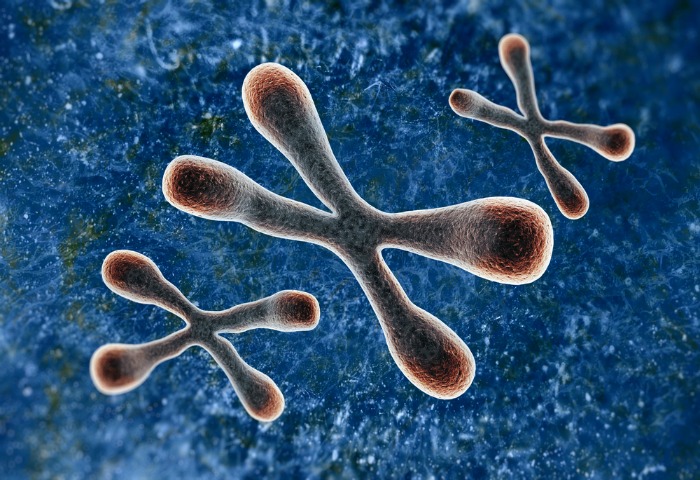GENERAL DESCRIPTION:
The branched-chain amino acids (BCAA’s) leucine, isoleucine, and valine are used by the body
to manufacture proteins. Muscles have a high content of
BCAA’s. Adequate amounts of BCAA’s are usually obtained from
the diet; however, injury can increase the body’s need for BCAA’s in order to repair damage.
BCAA’s are found in all protein-containing foods, but the
best sources are red meat and dairy products.
ROLE FOR ANTI-AGING:
BCAA’s are often used for their muscle-building properties; however, the majority of evidence obtained from
clinical studies suggests that they do not improve
performance, reduce fatigue, or increase the body’s
muscle/fat ratio. Results of a 1999 study suggest
that BCAA’s might improve the symptoms of tardive dyskinesia, a movement disorder
caused by long-term use of antipsychotic drugs. Other studies have found that supplementary BCAA’s may reduce the symptoms of Lou Gehrig’s
disease (amyotrophic lateral sclerosis (ALS)), and improve the appetite of cancer
patients.
DEFICIENCY SYMPTOMS: There are no known DEFICIENCY SYMPTOMS for leucine and valine; however, a severe deficiency THERAPEUTIC DAILY AMOUNT:
of isoleucine may cause hypoglycemia (this is extremely
unlikely).
The therapeutic dose is 1-5 g per day, depending upon requirements.
MAXIMUM SAFE LEVEL:
The maximum safe level has not been established.
When taken in excess BCAA’s are simply
converted into other amino acids, thus they are generally
regarded as safe, even in large doses.
SIDE EFFECTS/CONTRAINDICATIONS:
People with kidney or liver disease should
consult their doctor before taking supplementary
leucine, isoleucine, or valine. BCAA’s
can reduce the effectiveness of anti-Parkinson’s drugs, for
example levodopa.




